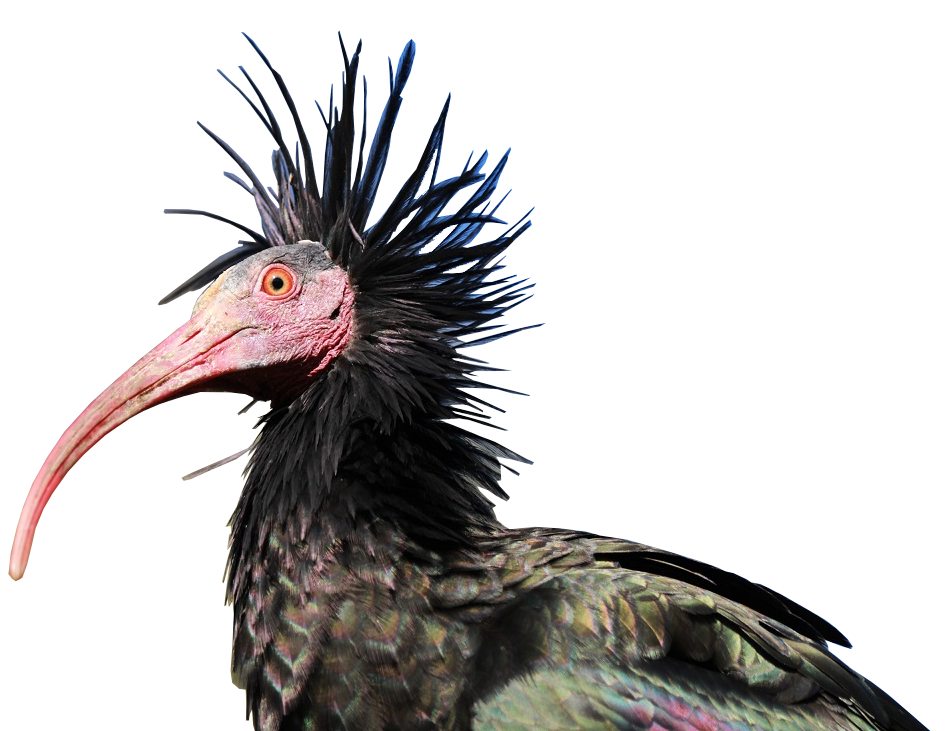Tracing the Fate of the Northern Bald Ibis Over Five Millennia: An Interdisciplinary Approach to the Extinction and Recovery of an Iconic Bird Species
Newsletter 21.06.2022
We recently published a paper together with the Egyptologist and our longtime friend Jiří Janák from the Czech Institute of Egyptology at the Charles University in Prague. Jiří has been researching the mythological significance of the Northern Bald Ibis in ancient Egypt for years. In order to be able to interpret the Egyptian depictions, he got in contact with us. This led to an exciting interdisciplinary research, which we published in this paper later on.
The history of the Northern Bald Ibis can be traced through various epochs until the present day. A particular focus of this study is its occurrence and extinction in ancient Egypt, where the bird attained great cultural and religious significance. The story also draws a line to the modern endeavor to reintroduce this species in the European Alps. Due to its characteristic appearance, behavior and habitat as well as its need for open foraging areas, a close mutualistic relationship between humans and Northern Bald Ibises was formed in ancient Egypt and other cultures.
A clear benefit for the Northern Bald Ibis was the availability of feeding habitats, which were cleared by humans for farming or grazing. People drew more cultural value from the birds, which attracted religious veneration or symbolic meanings from ancient Egypt to medieval Europe. The close proximity to humans however, also carried a high risk for the birds.
The study discusses various types of impact (e.g. human impact and climate change) as triggers for the extinction of the species. The evidence for a triple disappearance of the Northern Bald Ibis (around 2000 BCE, around 1600 CE and in modern time) represents a unique basis for studying both the bird’s habitat preferences and its vulnerability. The three historical disappearances were caused by different (mainly anthropogenic) impacts, although the disappearances in all three epochs occurred during a period of climate change.

Figure: As a natural model for the hieroglyphic sign for “blessed ancestor spirits” (Akh), the Northern Bald Ibis attained great religious and symbolic significance in ancient Egypt. The pictures shows the hieroglyphic Akh-sign from the tomb of Akhethotep (ca. 2400 BCE), drawed by Lucie Vařeková.


















